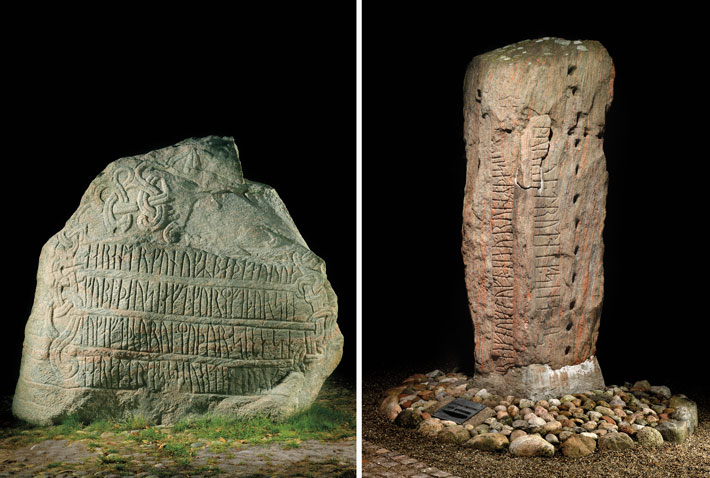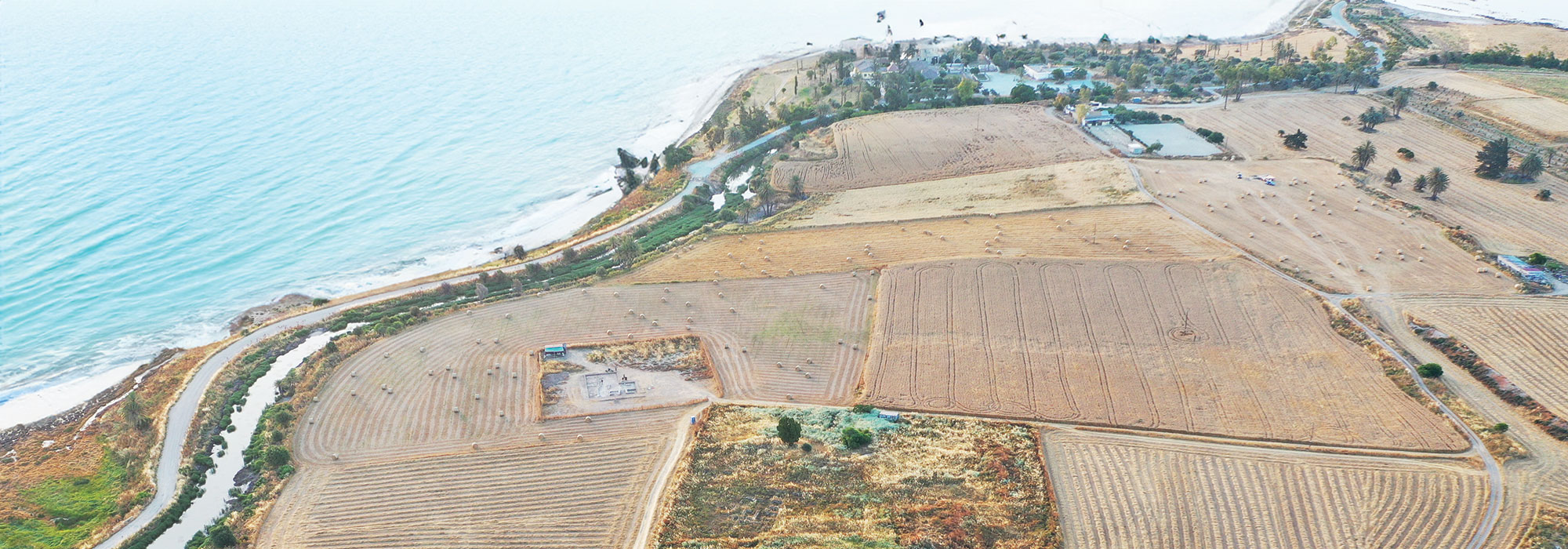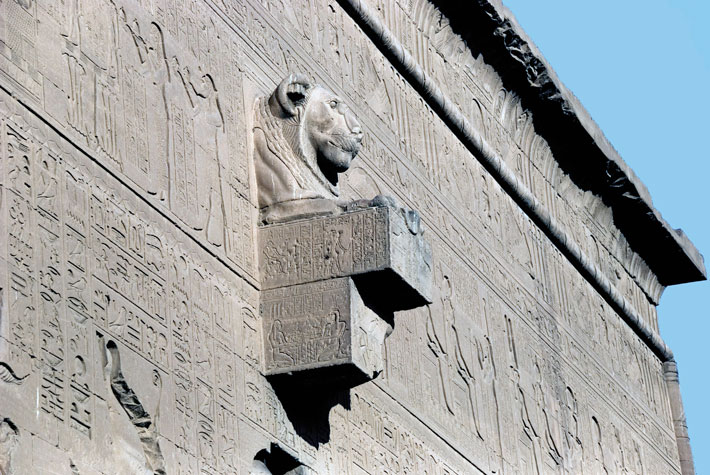
King Harald Bluetooth, who reigned from his royal seat in Jelling during the tenth century A.D., is a towering historical figure, credited with having established the state of Denmark. New research finds that his mother, Queen Thyra, about whom little is known, was also seen as an extremely important personage in her time. Thyra’s name appears on two runestones at Jelling—one dedicated to her by her husband and Harald’s father, Gorm, and another raised by Harald to commemorate his parents. This is unusual, given that very few women are named on runestones in Denmark. Two other runestones, found in the nearby village of Laeborg and the town of Baekke, also include the name Thyra, though it was unclear whether they, too, referred to Harald’s mother.
To try to clarify the issue, a team led by runologist Lisbeth Imer of the National Museum of Denmark analyzed the carving techniques used on the stones, the shape of their runes, and the language they contained. The researchers found that the Jelling runestone raised by Harald and the Laeborg runestone were carved by the same person, whom the Laeborg stone names as Ravnunge-Tue. Thus, they concluded that both stones refer to the same Thyra, Harald’s mother. The Baekke runestone, while carved by a different hand, mentions Ravnunge-Tue along with Thyra, leading researchers to conclude that it, too, refers to Harald’s mother. “Thyra is commemorated on more runestones than any other person, including her famous son, Harald Bluetooth,” says Imer. “Runestones signified power, so Thyra must have been a very powerful person.”










